
AeroGenie: il tuo copilota intelligente.
Tendenze
Categories
Air India Flight’s Auxiliary Power Unit Catches Fire After Landing in Delhi; Passengers and Crew Safe
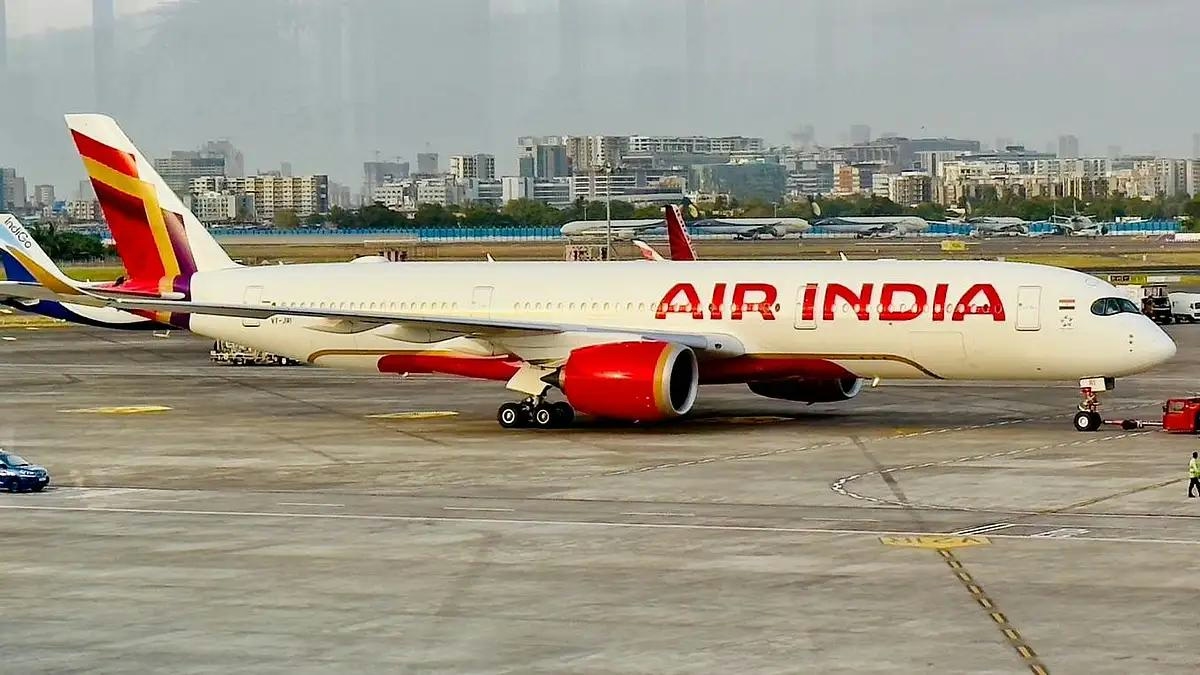
Air India Flight’s Auxiliary Power Unit Catches Fire After Landing in Delhi
An Air India flight arriving from Hong Kong experienced a fire in its auxiliary power unit (APU) shortly after landing at Indira Gandhi International Airport in Delhi on the morning of Tuesday, July 22. The incident involved Flight AI 315 and occurred while the aircraft was parked at the gate, with passengers already beginning to disembark. Fortunately, all passengers and crew members evacuated safely, and no injuries were reported.
Incident Details and Immediate Response
According to an official statement from Air India, the APU—which supplies power to the aircraft when the main engines are shut down—caught fire soon after arrival. The system responded as designed, automatically shutting down the APU, and emergency protocols were promptly activated. An Air India spokesperson confirmed that although the aircraft sustained some damage, everyone on board remained safe. The aircraft has since been grounded pending a thorough investigation.
Delhi International Airport Limited (DIAL) reported that the fire was swiftly extinguished, with emergency teams on standby throughout the incident. Authorities have initiated an inquiry to determine the cause of the fire. The Directorate General of Civil Aviation (DGCA) has been notified and is expected to provide further updates as the investigation unfolds.
Implications and Industry Context
The incident raises several challenges for Air India and aviation regulators, including identifying the technical cause of the APU fire and ensuring compliance with safety regulations. Addressing passenger and crew concerns remains a priority, alongside maintaining public confidence in the airline’s operational safety. The event is likely to attract scrutiny from aviation safety authorities and may lead to insurance claims related to the aircraft damage.
Industry analysts observe that competing airlines might leverage the incident to emphasize their own safety records, particularly in the wake of recent high-profile events such as the Delta flight engine fire. Comparisons to similar occurrences are expected as airlines and regulators review and potentially revise safety protocols.
Recent investigations into a separate Air India crash found no issues related to fuel, mechanical systems, or pilot error, underscoring the ongoing focus on technical and procedural reviews within the airline and regulatory bodies. Air India has reiterated its commitment to passenger safety and transparency throughout the investigation process.
Further updates from the DGCA and Air India are anticipated as the inquiry progresses.

The Leading Widebody Aircraft in Service Today
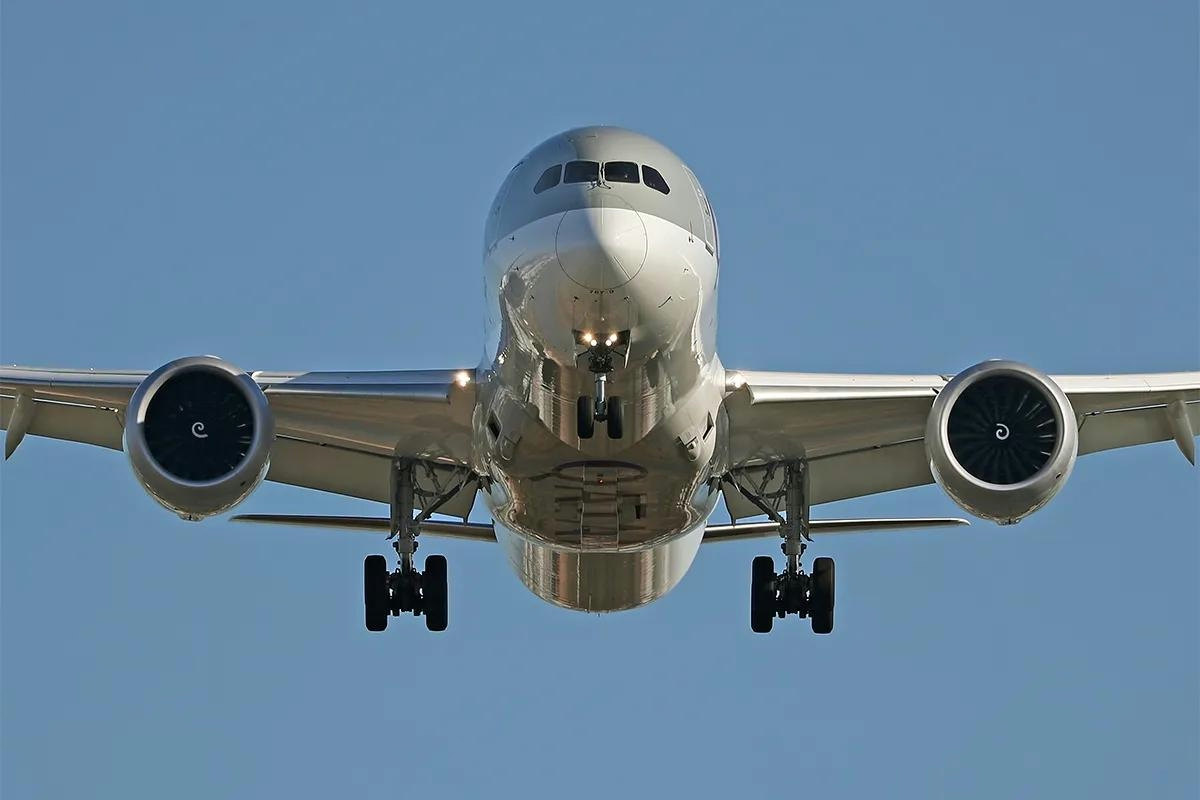
The Fastest Boeing Jet Currently in Service

Quintana Roo Secures $24.3 Million Deal for MRO and Cargo Services

This Week on America Builds: Advanced Air Mobility

Textron Aviation Appoints Justin Salmans Senior Vice President of Supply Chain

Delivery Delays and Canceled SAF Projects Prompt Focus on Fuel Efficiency
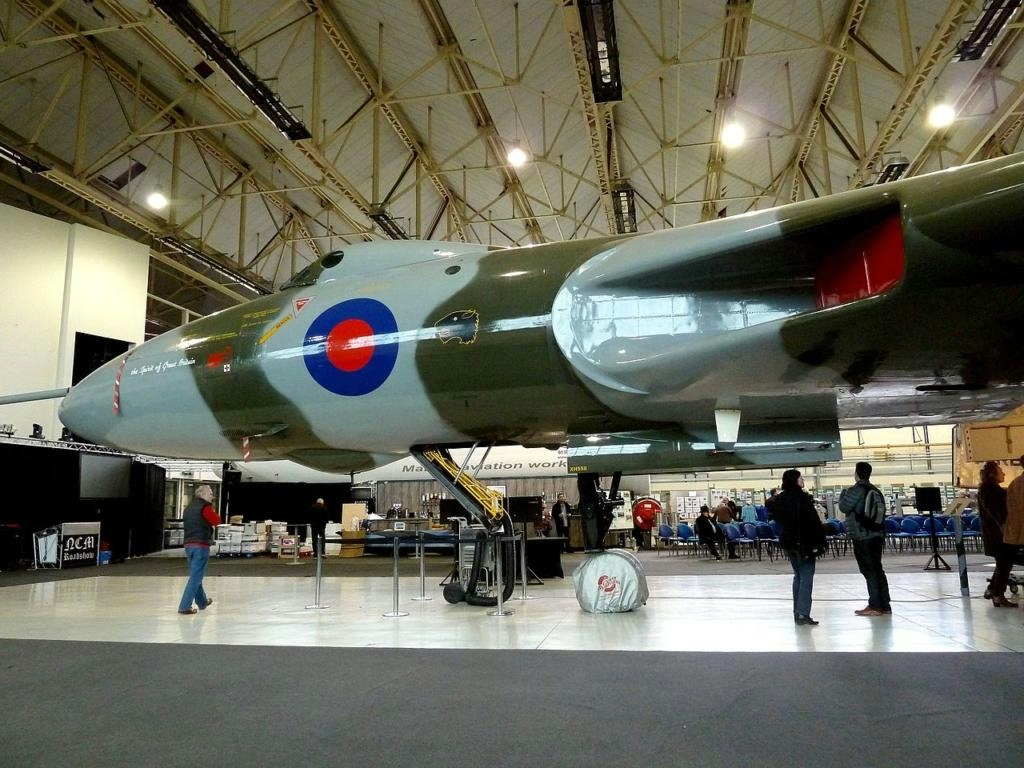
Avro Vulcan XH558 Engine Runs Scheduled at Doncaster Sheffield Airport in 2026
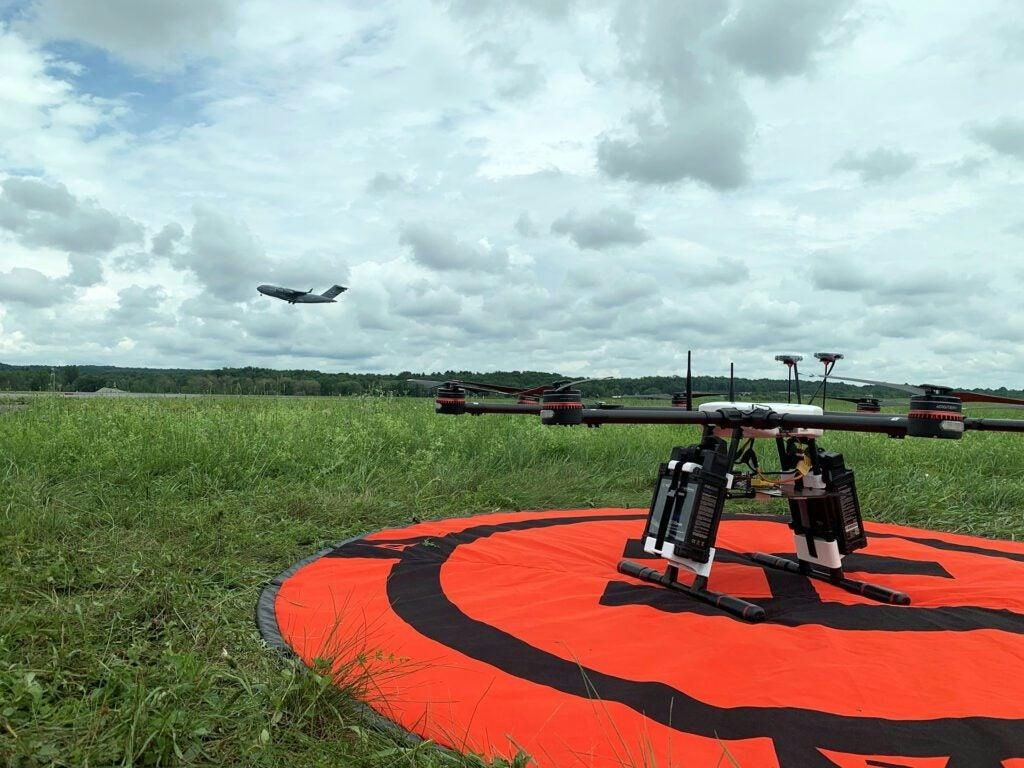
FAA Advances Integration of Manned and Unmanned Aircraft
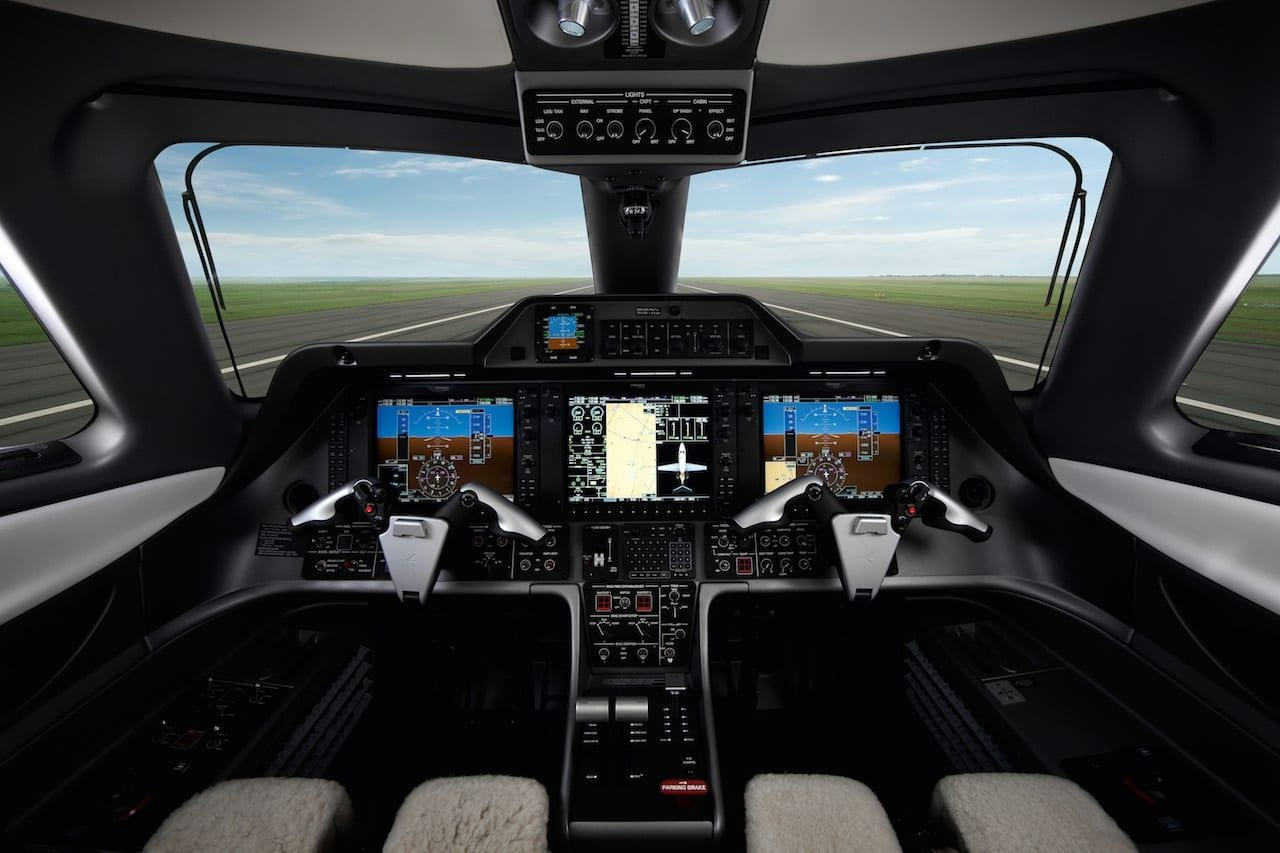
Embraer Unveils AI-Driven Smart Planning Solution
